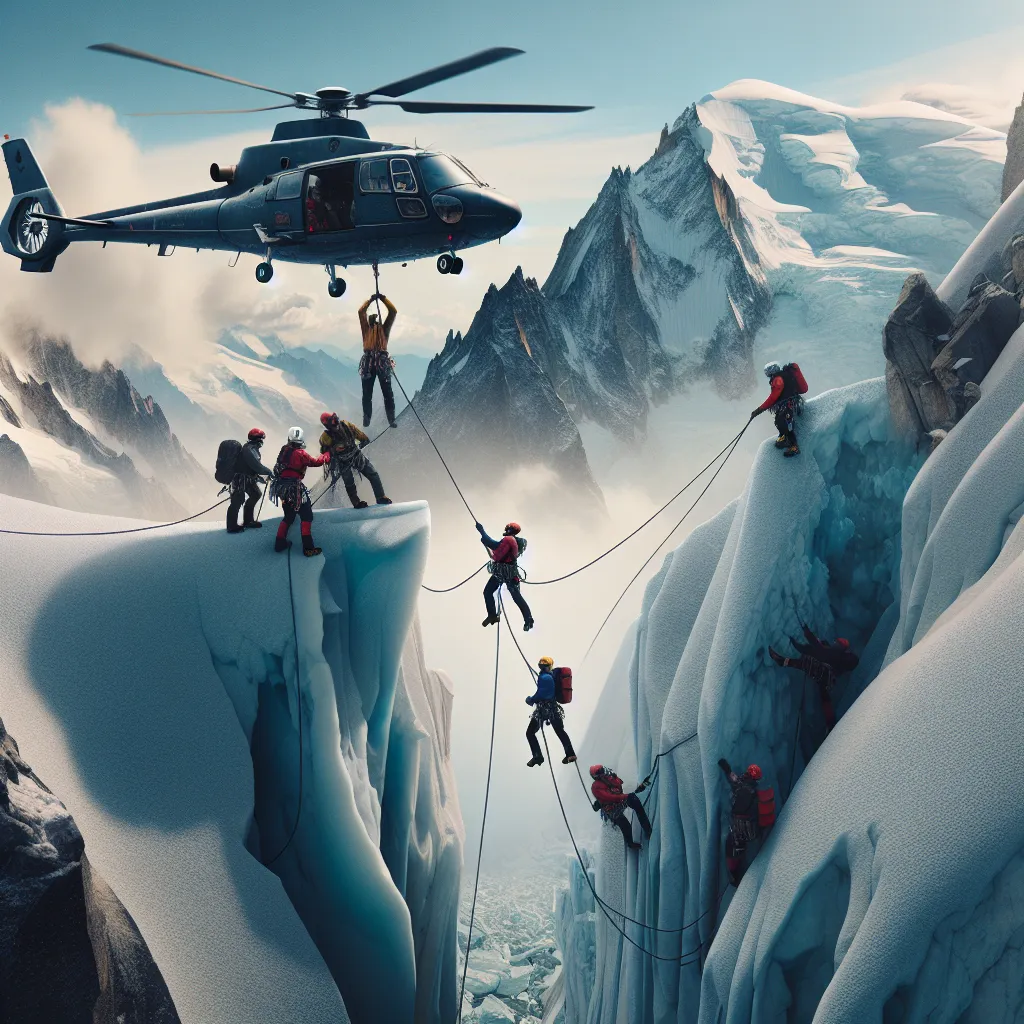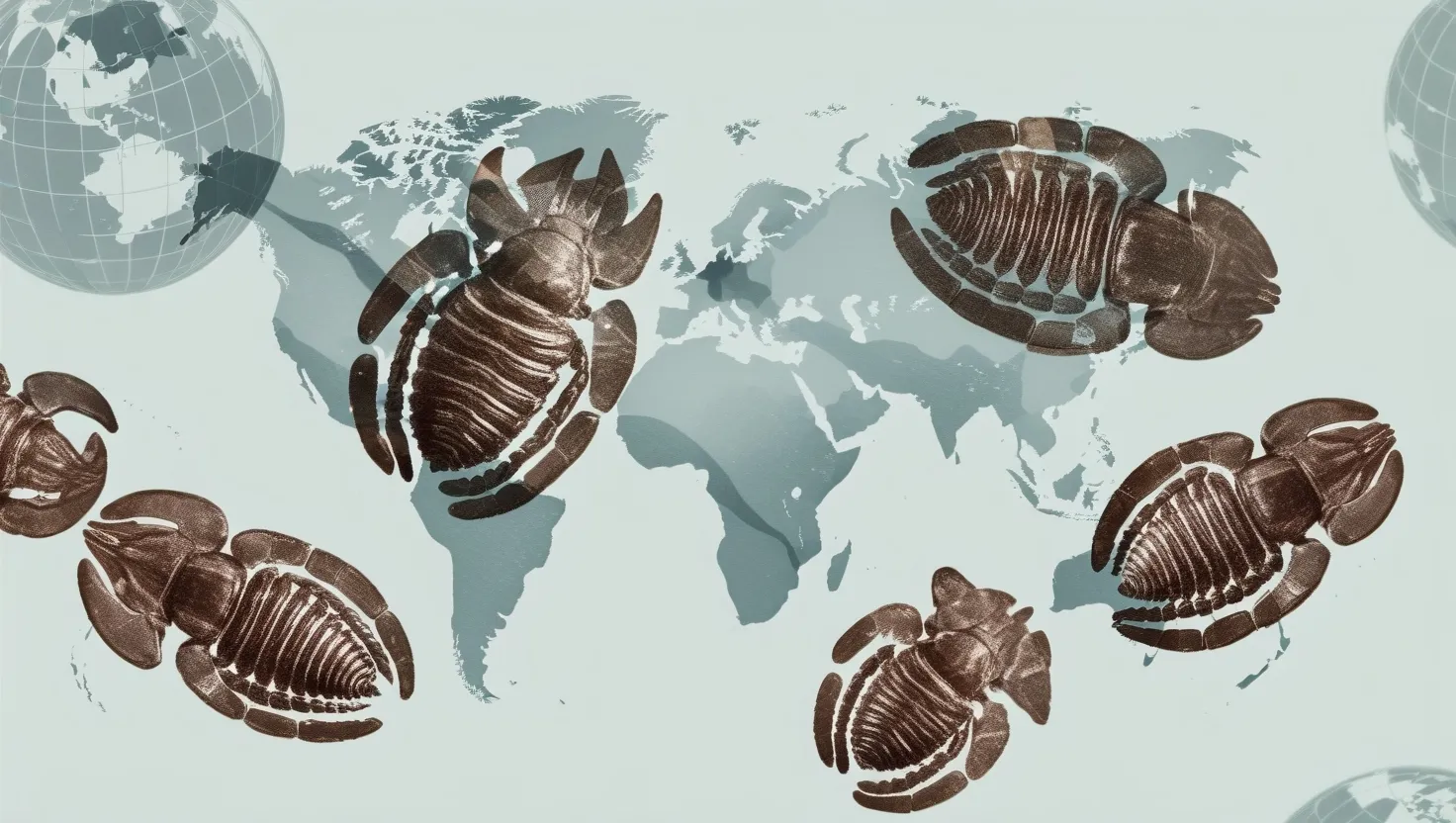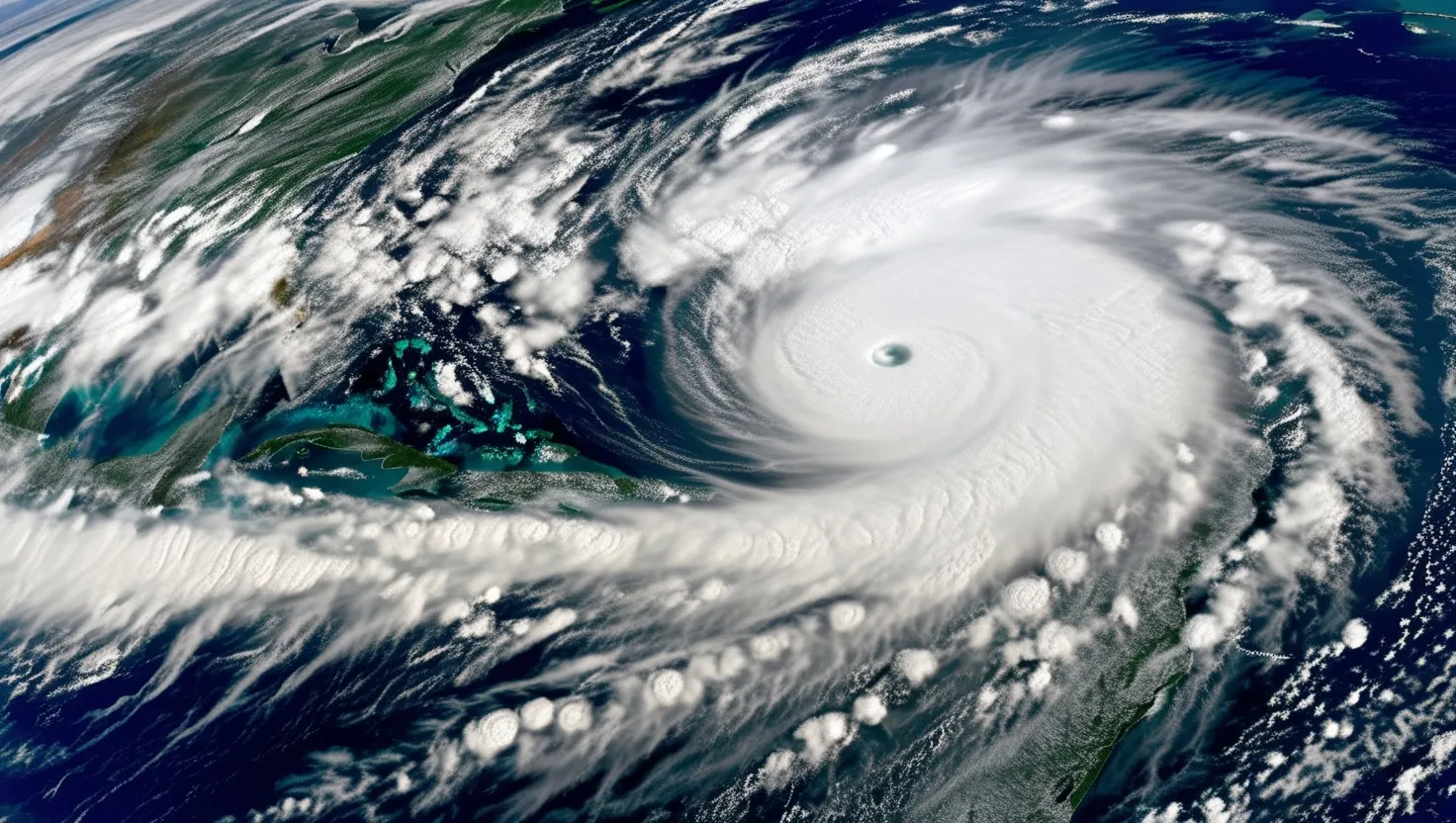One wrong step, and suddenly I’m in deep trouble, literally. I’m trapped inside a massive ice crevasse in the French Alps. It’s dark, freezing cold, and seems to stretch endlessly below. My lifeline? The French Mountain Rescue teams. Without them, climbers like me, who’ve fallen into these icy tombs, are lucky to see daylight again.
For the next 30 minutes, we follow these brave rescuers into some of the most dramatic and dangerous situations imaginable. Based in the Chamonix Valley, these heroes can reach any accident in the Mont Blanc range within 15 minutes thanks to their helicopters. Preparation is key when setting out into this breathtaking but perilous environment. Climbers of all levels come here: professionals, amateurs, and first-timers. No one is immune to accidents, but the rescue team is just a call away.
Chamonix is especially beloved by the British—both for its stunning scenery and the thrill of the climb. The challenge draws many, pushing them to their limits. But the danger is real. Like the couple climbing the Cosmic Ridge, a route that’s considered tough but not the hardest in the area. Each summer, climbers get into trouble, and without the helicopters, some rescues would end in tragedy. The team knows every cliff and glacier by heart, yet they understand the risks more than anyone.
A dramatic rescue unfolds as a man falls over 650 feet into a crevasse. Time is of the essence. Invisible under layers of ice, their advanced team is already on the scene. The danger escalates as the ice above threatens to collapse. But they race against time, descending quickly. Upon locating the climber, the rescuers face a grim scene; the man is barely alive. After a thorough examination by the doctor, his condition appears dire. His body temperature is dangerously low, and despite the medical team’s best efforts, he doesn’t survive the night.
And then, a new day brings new challenges. A woman breaks her ankle on the rocks. A quick call to the Mountain Rescue Base, and a helicopter is dispatched. She was climbing with a guide and made a small mistake. Lucky she’s alive, they immobilize her leg with a vacuum splint and get her off the mountain safely.
Later, a nighttime rescue becomes a race against worsening weather. A climber at a high-altitude shelter has a suspected appendicitis. Despite the storm, the rescue team sets off. They hike through zero visibility, laying out flags to mark their route back. The doctor examines the patient and decides it’s not an immediate emergency, so they wait out the storm.
By morning, the weather hasn’t improved, but there’s no choice—they must descend on foot. Roped together, fighting the wind and cold, they cautiously make their way back. The terrain is treacherous, but they manage to get the patient to safety.
This isn’t just a job; it’s a tradition deeply rooted in the Alps, going back decades. Once, rescuers had to carry people down mountains with primitive gear. Now, they have advanced technology, but the spirit remains unchanged. The rescue team is a blend of skill, bravery, and an unwavering commitment to saving lives.
Join us next week as we explore more high-stakes rescues with the Mountain Rescue Team and the dedicated medical professionals from Chamonix Hospital, high in the French Alps.






